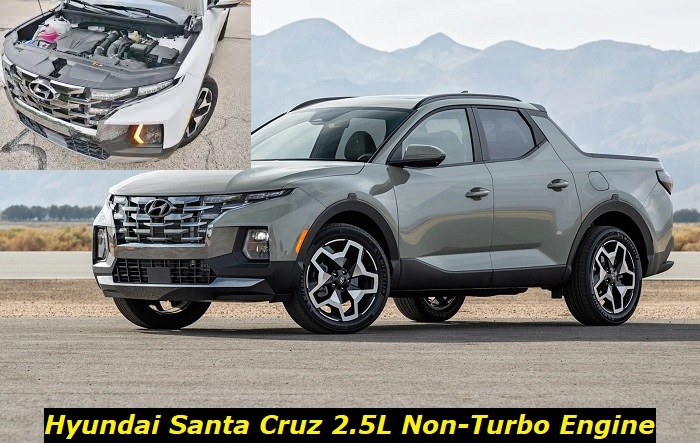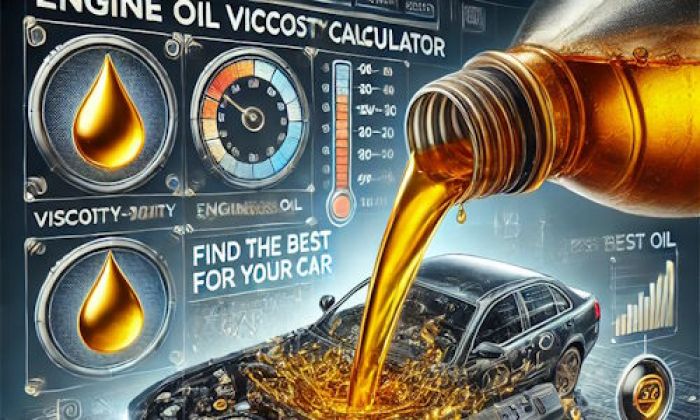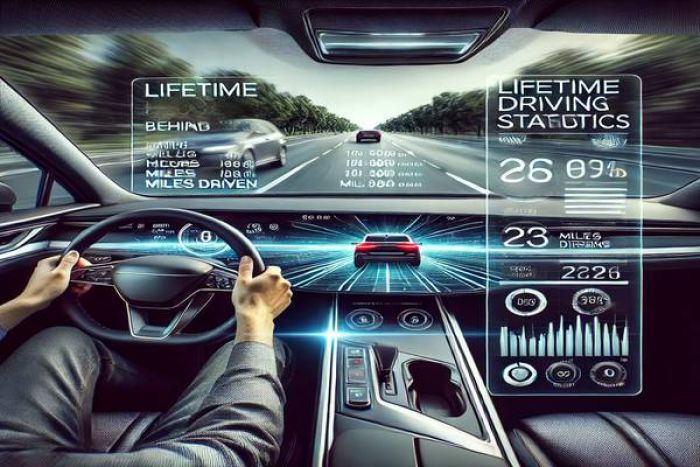Hyundai Santa Cruz was presented in June 2021 and started selling in the US about a year later. Now, it's one of the most appealing small pickup trucks on the market according to technologies, design, and offered features. It's really cool, looks quite great, and feels wonderful on the road. But what about the engines?
Today, we'll talk about the base 2.5L non-turbo engine found under the hood of the Hyundai Santa Cruz in America. We'll cover its main features and some common problems. Of course, we still don't know too much about the engine, but we'll look at other models and try to open it up for you as much as we can. The article may be updated once we get more info.

Key facts and my opinion about the engine
- Production years: 2019-now
- Average lifespan of G4KN: 180,000-200,000 miles
- Fuel supply type: combined injection (GDI+MPI)
- Power range: 194 hp
- Fuel efficiency: above average
- Engine block material: aluminum
- Engine reliability score: medium
- The most common problems: catalytic converter destroying the cylinders, unknown lifespan of the thermostat, lifters require only good oil.
Key facts about the Santa Cruz base 2.5L engine
You may notice that the Santa Cruz pickup truck is available with two 2.5-liter engines. The base one is non-turbocharged while the more expensive one is basically the same unit but with a turbocharger. We'll be speaking solely about the cheaper one and will probably cover the turbocharged one in our next articles.
So, this is the Smartstream engine (the new lineup of Hyundai-KIA engines) with 2.5 liters of displacement. The engine offers decent power of 191 hp and torque of 181 lb-ft. It's a 4-cylinder engine without a turbocharger and with quite a lot of new technologies from Hyundai manufacturer. Although it's pretty new, we already know a lot about it.
Here are some facts you should know before buying the Santa Cruz:
- the G4KN engine is engineered by Hyundai in 2019 and it powers some of its models in various countries;
- direct injection is one of the features that offers good gas mileage and optimal power but leads to some maintenance problems (carbon buildup);
- the timing system is driven by a chain that will need replacement at around 100,000 miles or better sooner than that;
- phasers are applied to all camshafts (intake and exhaust) which makes the engine more precise in burning fuel;
- the electronic thermostat is a cool and high-tech feature but we are afraid it will not work for too long and can lead to problems;
- the engine is equipped with quite a good 8-speed automatic transmission (not the DCT one that comes with the 2.5L Turbo);
- it comes standard with front-wheel drive while you can also pay for AWD which makes sense for a truck, of course;
- this engine offers quite good gas mileage - 26 MPG on highways and about 22 MPG in the city which is great for a truck.
Well, the vehicle is based on the same platform as Hyundai Tucson - the compact SUV. And you shouldn't expect too much from it. But we should say that the non-turbo 2.5L Smartstream engine is more than enough for this vehicle. Also, one of the big advantages here is the use of the traditional automatic transmission.
The 8-speed transmission is engineered by Hyundai for this engine and it works really well together with the powerplant. We would avoid buying the turbo version for the fact only that it uses the 8-speed dual-clutch transmission which you never know what surprise to expect from. Also, the power and torque delivered by the non-turbo engines are absolutely enough for all tasks you can think of with the Santa Cruz.
How long will this engine live?
The lifespan of the 2.5L Smartstream non-turbo engine is really hard to estimate. Not a lot of these engines have ever hit the 100K-mile mark. And only a few of them have had critical problems that would allow us to estimate the longevity. But looking at other engines of this family, we can still make some presumptions.
We believe the 2.5L non-turbo engine in your Santa Cruze will be able to go about 180,000 miles before it develops some really bad problems. The engine is too expensive to replace, so better treat it with some TLC to avoid premature death.
The durability may be affected by some new technologies that we don't have any idea of how durable they are. We won't be surprised if at 50,000 miles these engines will show some bad problems that will need some investment from you. But overall, these are good and reliable units that won't make you break the bank.
Though, in the final part of this article, we'll also give you some traditional tips on how to care for this engine to achieve the best longevity.
What are the key problems that may happen with the Santa Cruz engine?
The base engine in the Santa Cruz is obviously going to serve you longer than the warranty period. It's a relatively simple and durable machine that shouldn't throw any surprises and is going to give you a lot of pleasure behind the steering wheel.
But as with any modern technology, it still has some problems and disadvantages. Although we still don't know about all of these flaws, we will tell you about the reported issues to keep in mind:
1. Oil consumption from the very beginning
We know you aren't used to checking the oil level in a new car every now and then. But when you buy the new Santa Cruze, you will have to do it regularly. From the first miles, the engine may burn some oil and it's not considered a deviation or something. Unless the oil consumption is too bad, the engine will not be repaired under the warranty.
This means that, in some cases, owners may overlook the moment when oil is too low and eventually get huge problems with the engine that is very demanding to the quality and quantity of oil in the system.
2. The cat converter location
The catalytic converter is located too close to the cylinder block and it's OK while the vehicle is completely new. But after 50-60K miles, the cat converter may start deteriorating. Some small ceramic elements will easily get into the cylinders and scratch them from inside. This is called scoring and this will lead to the premature death of the engine.
You should pay attention to the health of the catalytic converter and replace it once you understand it's not good anymore.
3. Electronic thermostat potential problem
While there are no problems reported just yet with this part, the electronic thermostat may well be the source of a big issue in the future. This part may have a short lifespan and when it eventually dies, the engine may immediately overheat without you knowing that.
It means that at one point your vehicle may kill its engine just because the very technically complicated part stopped working well. Too bad given there is also a complicated oil pump with some electronics in it.
4. The engine is too expensive to repair
Maybe, this will change after some time, but now it's quite hard to find a good mechanic who can deal with the 2.5L Smartstream GDI engine. It's technologically complicated, quite expensive in terms of parts, and very hard to diagnose. Even locating a certain problem source will be difficult.
Also, we understand that owning such an engine after it reaches 150,000 miles becomes impossible from a financial point of view. But we should still wait for some reports from the owners.
5. Problems after aggressive driving
You should understand that you are buying a truck and you aren't going to use it just as you would use the compact SUV as the Tucson, for example. The truck may be used to tow and haul something heavy, it's going to go off the road sometimes. So, the engine will be used quite aggressively, in a lot of cases.
Unfortunately, this is very bad news for the 2.5L Smartstream GDI engine in your new Santa Cruz. Better be careful with it because one overheating issue or something like that may lead to its quick death.
How to use the 2.5L non-turbo Santa Cruz engine to make it live longer?
To prolong the lifespan of the G4KN engine, you will need to follow these tips:
- regularly check the oil level in the engine;
- buy only recommended oil and filters;
- provide the engine with regular maintenance;
- always address any issues and errors with attention and immediately;
- try to avoid overheating;
- buy high-quality fuel to avoid issues with the injection system;
- change the timing chain with all the accessories at 100,000 miles or even earlier.
These are the simple tips that will allow you to avoid problems with the engine. Also, keep an eye on the engine temperature and if it acts weirdly, check the thermostat and water pump. You need to know all the weaknesses of your engine to quickly understand what exactly you should do.
About the authors
The CarAraC research team is composed of seasoned auto mechanics and automotive industry professionals, including individuals with advanced degrees and certifications in their field. Our team members boast prestigious credentials, reflecting their extensive knowledge and skills. These qualifications include: IMI: Institute of the Motor Industry, ASE-Certified Master Automobile Technicians; Coventry University, Graduate of MA in Automotive Journalism; Politecnico di Torino, Italy, MS Automotive Engineering; Ss. Cyril and Methodius University in Skopje, Mechanical University in Skopje; TOC Automotive College; DHA Suffa University, Department of Mechanical Engineering





Add comment